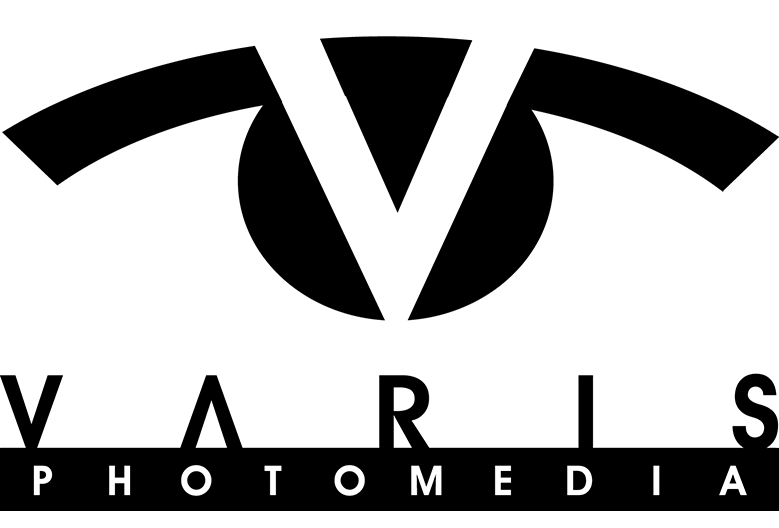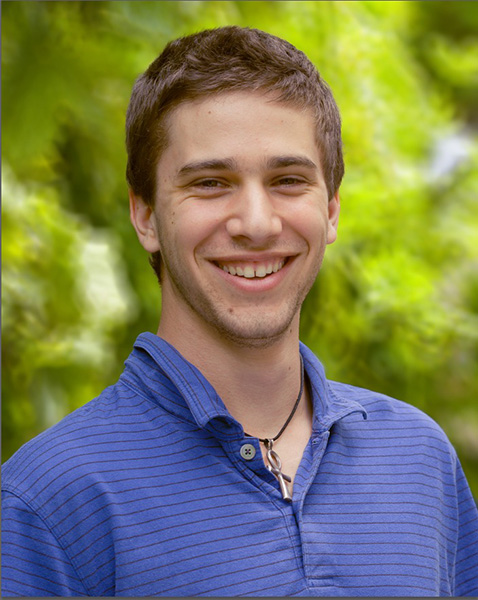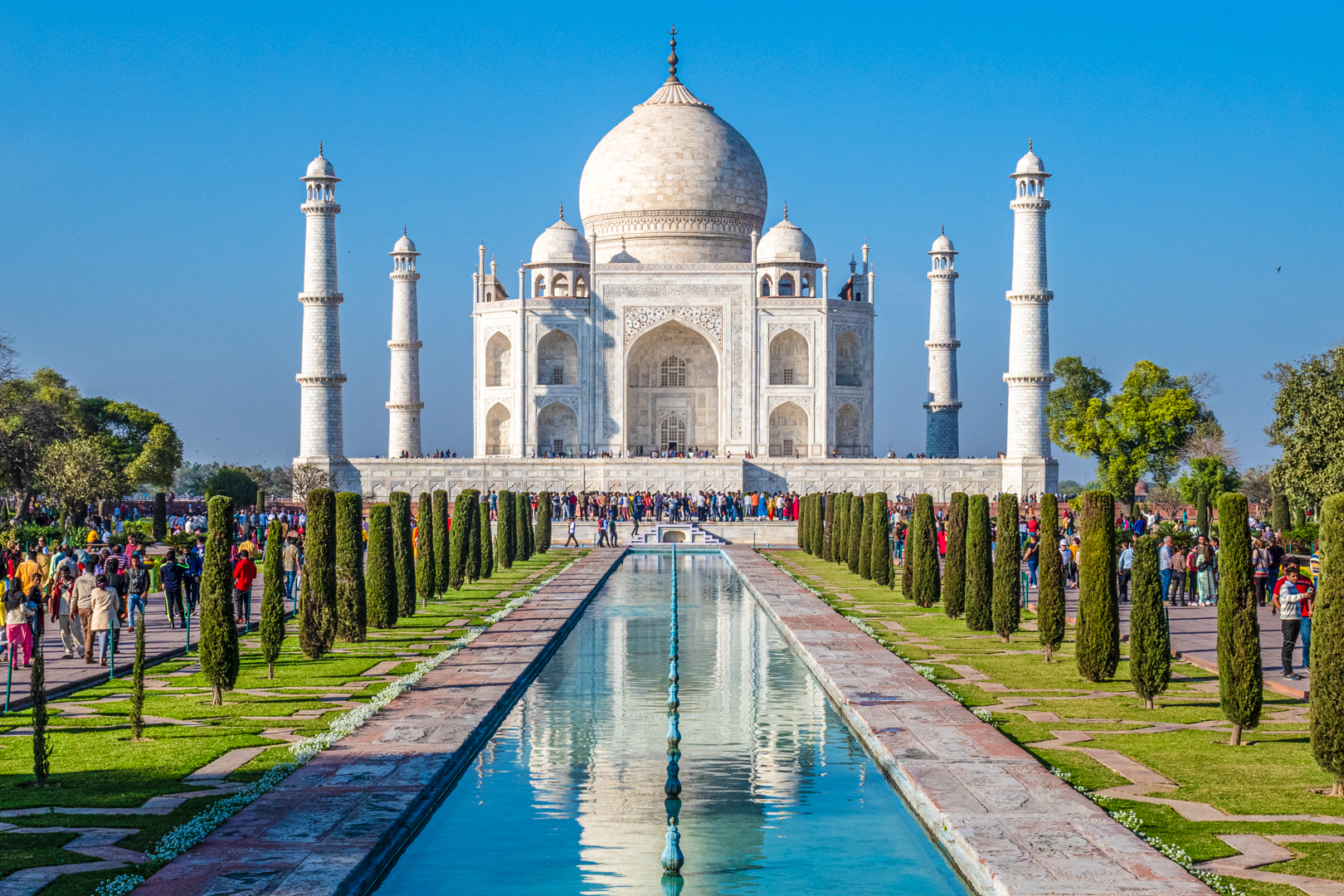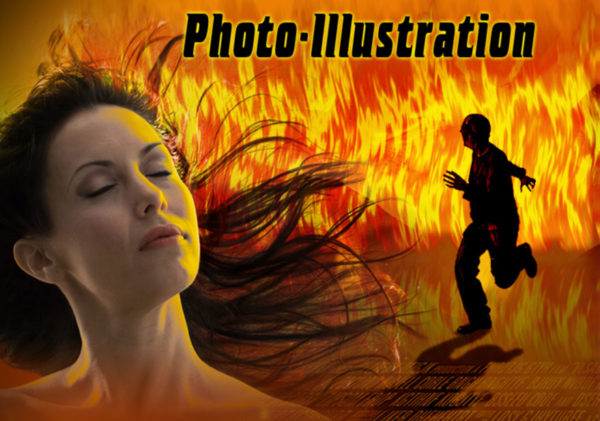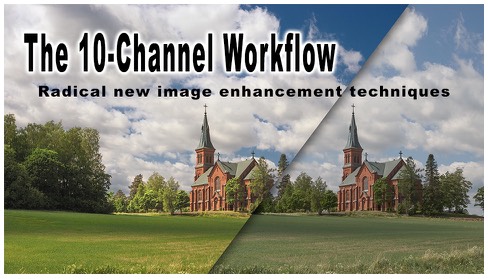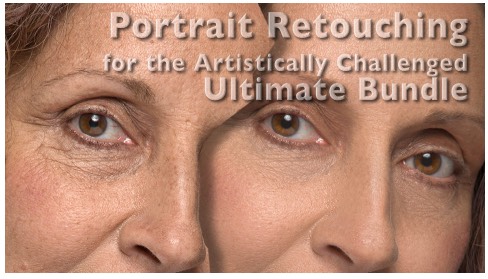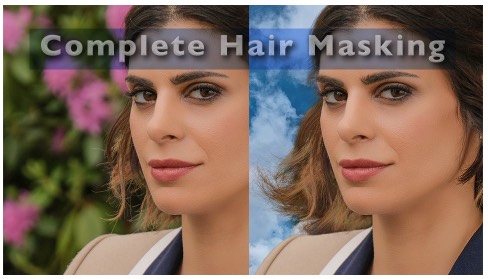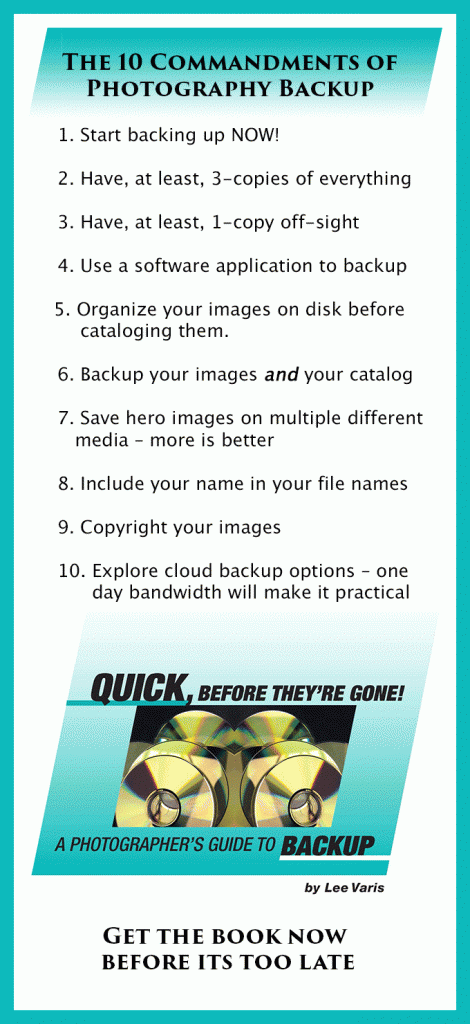Faking the look of 8×10 view camera images gets easier with new digital tools
One of the classic photographic effects of the film days is the unique limited depth of field look you get when capturing images with a large format camera, especially 8×10 view cameras. The extra large “circle of confusion” blur, or “bokeh,” offered by really large glass is just not something we see much of these days. Most digital cameras have 35mm size or smaller sensors and the smaller lenses have much greater depth of field even at large apertures! Other than attaching your camera to a view camera back and dealing with telephoto perspectives, there is little you can do optically to create the effect. However, all is not lost—you can simulate the effect using the digital tools in Photoshop—it may not be exactly the same but you can get an attractive effect. The following video tutorial shows how to mask the subject to isolate it from the background, and how to use various blur filters to simulate the limited depth of field effect. Scroll down for some additional variations…
This video is part of my course: “The Fundamentals of Photo-Illustration in Photoshop” – the course contains 15 projects, 9 hours of video plus 2.5 gigs of sample files, layered Psd documents, PDFs, etc… Click below to purchase the course:
The Fundamentals of Photo-Illustration in Photoshop
This video tutorial shows the depth of field bokeh with the Shape Blur filter, but there are many variations! The following images show the same subject with different blur treatments:
The Shape Blur from the video:
Here’s plain Gaussian Blur:
Motion Blur:
Zoom Blur (an option in Radial Blur):
Sometimes running two filters is better than one by itself. Here we have the Crystalize Filter followed by the shape filter:
Perhaps the best background bokeh can be had by combining different blur styles into a more complex version. The following uses all of the above filters on separate layers blended through layer masks:
I think it is worth experimenting with different approaches on different images to get something more interesting than the very bland Gaussian blur. I am also left cold by the various Lens Blur filters offered by the many 3rd party manufacturers, as well as the Lens Blur in Photoshop. None of them seem to generate enough lens bokeh artifacts in the image although they have other features of interest. Of course, you have to decide for yourself whether any of these filters can offer an improved look for your images. Have fun!
